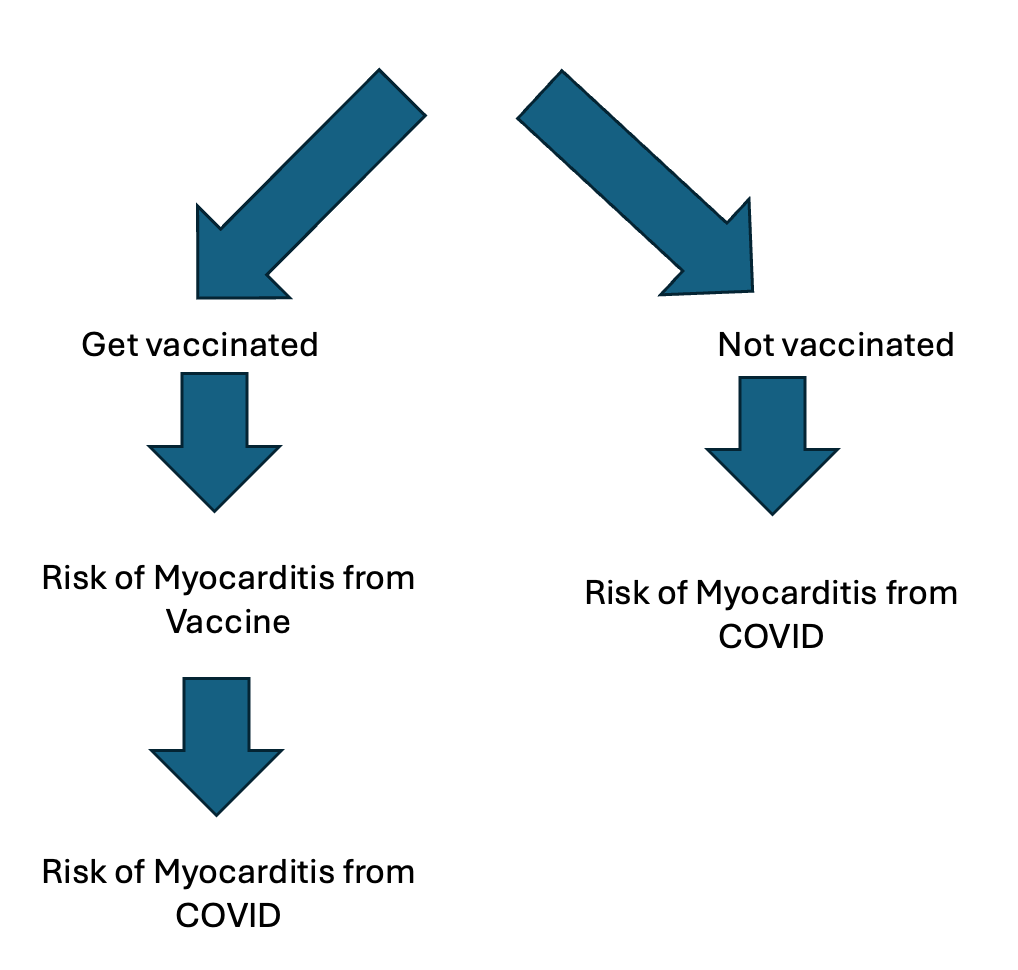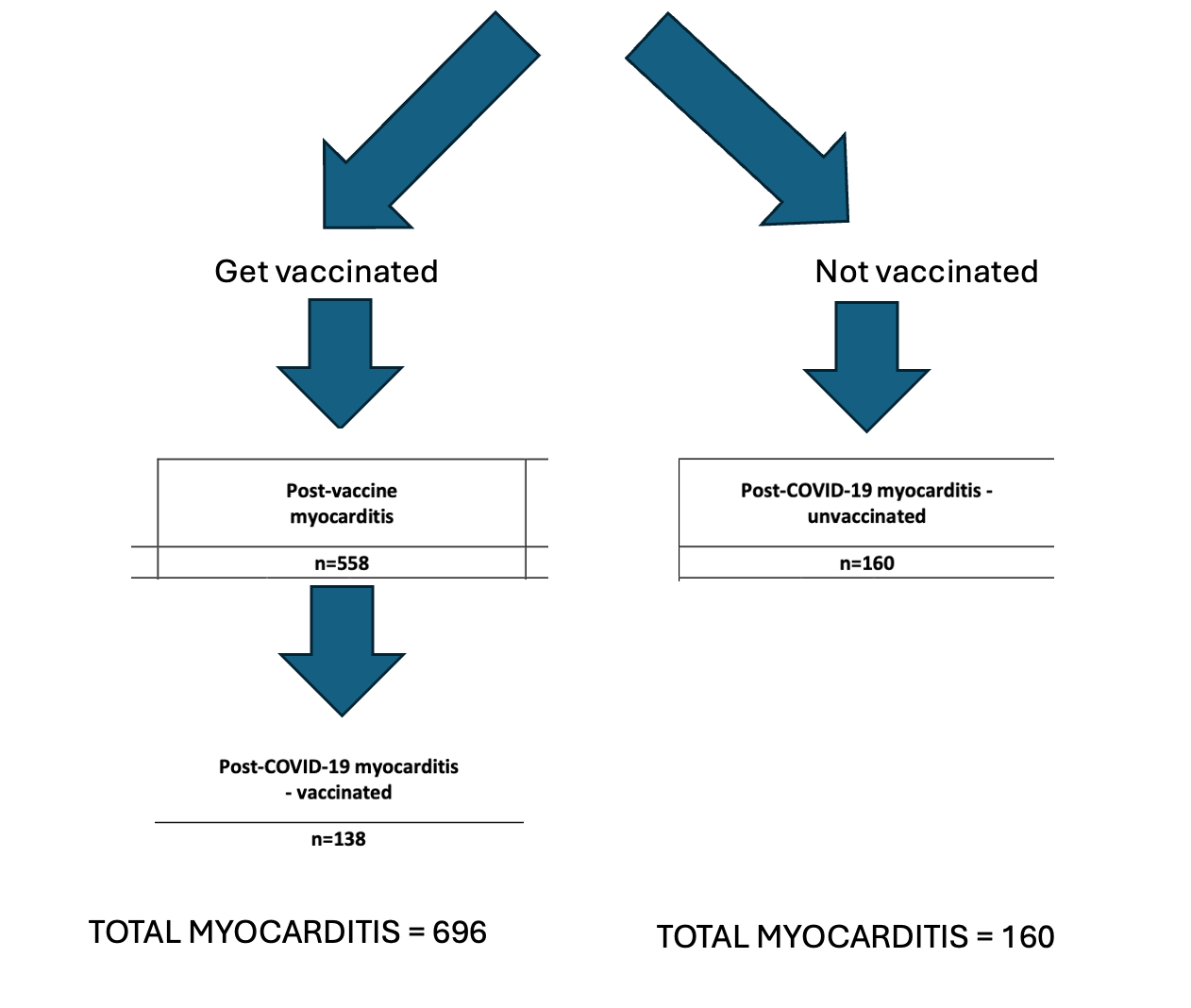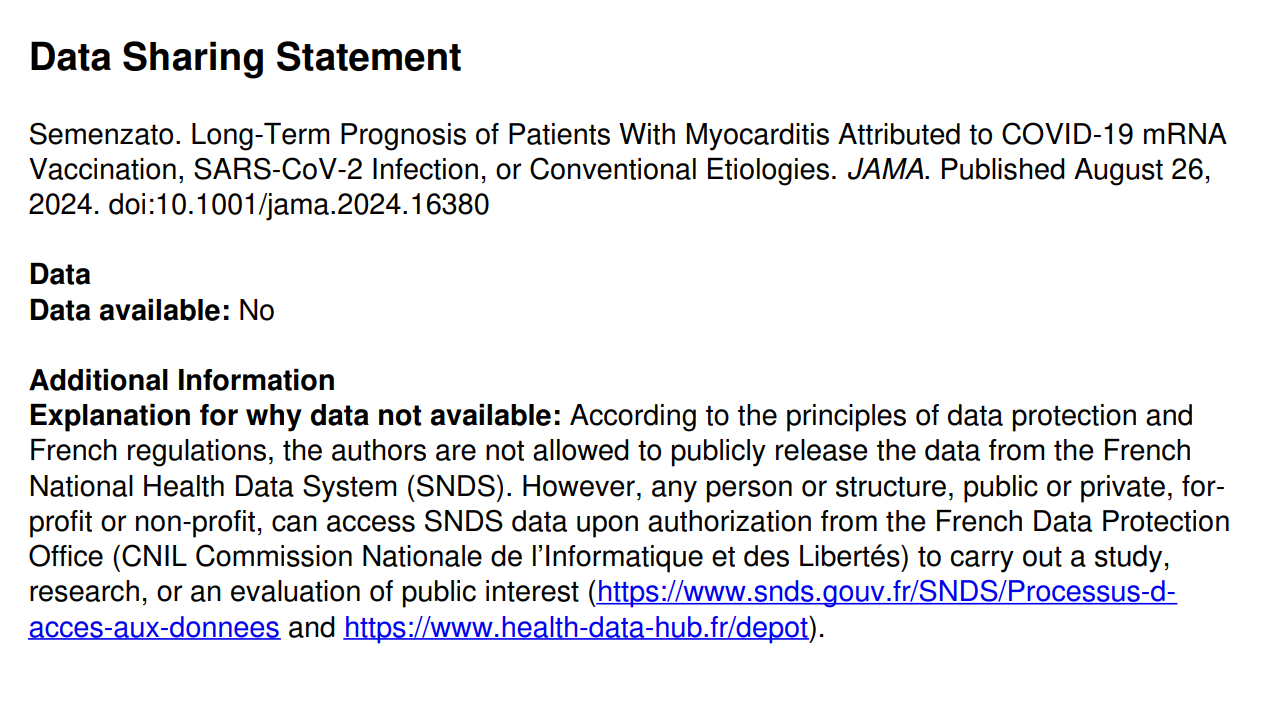As gene therapies continue to transform the rare disease treatment landscape, a new generation is on the cusp of breaking through against a highly prevalent disease indication—wet age-related macular degeneration.
Age-related macular degeneration (AMD) is the most common cause of vision loss in people over 60. The advanced stage of the disease, wet AMD, occurs in around 10% of cases and results in 90% of legal blindness. In 2019, around 1.5 million people in the U.S. were living with wet AMD.
The potential reach of a gene therapy in this common disease space is in stark contrast to the current approved gene therapies for rare disease. REGENXBIO and partner AbbVie are currently conducting the “largest gene therapy program ever run” for their wet AMD candidate, REGENXBIO Chief Medical Officer Steve Pakola told BioSpace.
“[Wet AMD gene therapy] is a pretty unique situation,” said Laurent Fischer, CEO of Adverum, a biotech with a mid-stage candidate in the works. Instead of a therapy that costs millions of dollars for thousands of people, he anticipates a price tag of tens of thousands of dollars for millions of people.
Gene Therapy Turns Eye Into Drug Biofactory
Currently approved gene therapies focus on repairing or replacing a faulty gene that causes the disease. In wet AMD, there is no defective gene, so companies are developing gene therapies to deliver an effective medicine to the eye, Rahul Khurana, a retina specialist at Northern California Retina Vitreous Associates, told BioSpace.
Wet AMD is currently treated by anti-VEGF therapies, which block the molecules that lead to the leak of blood or fluid under the retina that blurs the central vision. Khurana said that while these therapies are effective, the burden of ongoing treatment in clinical practice is problematic, with patients regularly needing anti-VEGF injections. Khurana recently published a study showing that one in nine AMD patients treated with anti-VEGF injections became “lost to follow up” and one in seven are not persistent with therapy.
“Gene therapy shows a lot of promise for a one-time therapy, or a longer duration therapy, to deliver medicine so patients do not keep returning for regular injections,” Khurana said. “It’s a very creative approach.”
Gene therapies by Adverum, 4D Molecular Therapeutics, and REGENXBIO in collaboration with AbbVie are in mid- to late-stage clinical trials. Each involves injections to deliver a therapeutic protein but differs in where those injections are given—behind the retina at the back of the eye (sub-retinal), between the sclera and choroid near the eye’s outer surface (suprachoroidal) or into the fluid that fills the inside of the eye (intravitreal).
Sub-Retinal Injection
With a pivotal trial already underway, REGENXBIO and AbbVie are furthest along of all the wet AMD gene therapies in development. Pakola said the companies are on track to submit global registration applications in the first half of 2026.
REGENXBIO/AbbVie’s ABBV-RGXX-314 is an AAV8 vector containing a gene encoding a monoclonal anti-VEGF antibody fragment. After injection, the retinal tissue produces the anti-VEGF therapeutic protein for an extended timeframe, Pakola explained.
While follow up is ongoing for long-term efficacy, the partners have seen stable disease control beyond three and four years, with a dramatic reduction in injection burden, Pakola said. He added that results so far show an 80% reduction in required injections.
According to Pakola, AAV8 is one of the most clinically validated vectors in terms of safety and efficacy. With the prescribed seven-week course of prophylactic topical steroids, REGENXBIO has not seen any intraocular inflammation. The sub-retinal delivery method keeps the gene therapy payload at the target tissue, minimizing off-target and systemic exposure, he explained.
Sub-retinal delivery is the most invasive of the three approaches as it requires a surgical procedure. The therapy is administered through a vitrectomy, a surgery common to retinal surgeons that takes ten minutes or less, Pakola said.
Khurana, who has been involved with REGENXBIO and AbbVie’s clinical trials, believes his patients who require regular injections are “very open to” a one-time surgical option, though he noted that it could be limited to those who are healthy enough for outpatient surgery and willing to be put under anesthesia.
In addition to its sub-retinal program, the partners are also developing a suprachoroidal route of administration for ABBV-RGX-314, currently in Phase II trials. A needle is inserted into the thin space between the sclera and choroid of the eye for targeted delivery to the retina without surgery. The delivery is compartmentalized, spreading broadly to the retina but not to the vitreous or other parts of the eye, Pakola explained.
Intravitreal Injection
The third delivery option follows the approach used by current anti-VEGF treatments: intravitreal injection—into the vitreous humor of the eye. This is the approach taken by Adverum, whose gene therapy ixoberogene soroparvovec (ixo-vec) comprises a proprietary vector capsid carrying a coding sequence for aflibercept, the VEGF-A antagonist in Regeneron’s Eylea. Fischer told BioSpace that ixo-vec elicits production of the Eylea drug product in patients’ eyes at low levels for years.
“We’re the first to develop this vector that’s been modified to be able to be administered in the front of the eye,” Fischer said, its delivery mimicking the current in-office standard-of-care. “Intravitreal delivery has been the holy grail of ocular gene therapy because it fits in the very busy practices that see up to 100 patients a day.”
Overall, clinical data show that ixo-vec has led to a 90% reduction in annualized injections. After 26 weeks, 76% of patients who received the planned Phase III dose were injection free with disease control. In patients with the greatest burden of care—those receiving around ten injections per year—more than 50% are free of injections three years after treatment with ixo-vec, Fischer said. With the use of prophylactic corticosteroids, 100% of patients had no or minimal inflammation.
“It’s really a functional cure, disease modifying for most patients, which is really transformative,” Fischer said. Ixo-vec will advance to pivotal studies next year.
Meanwhile, 4D Molecular Therapeutics (4DMT) is also developing an intravitreal injection gene therapy called 4D-150, designed to deliver the genes for both aflibercept and an RNA molecule to suppress VEGF-C expression. Like Adverum, 4DMT has designed its own novel, customized vectors to support intravitreal dosing, CEO David Kirn told BioSpace in an email. The company’s Phase II data show an 89% reduction in annualized injection rate with 77% of patients injection-free after 24-weeks, and the treatment was safe and well-tolerated with a prophylactic, topical steroid regimen.
4DMT is currently working with the FDA and EMA under accelerated program designations to finalize its Phase III clinical design, with expectations to initiate the trial in the first quarter of 2025, Kirn said.
‘Immune Privileged’
Gene therapies are typically a one and done treatment. Due to viral vector delivery, gene therapy causes an immune response that prevents redosing.
But the eye is “somewhat immune privileged,” Fischer said. Even though the viral delivery will create an immune response in one eye, it does not impact the ability to treat the other eye, he explained. While 42% of wet AMD patients eventually have disease in both eyes, it often develops months or even years after the first eye was treated.
With this in mind, Adverum is planning to enroll previous trial participants to have their second eye treated with ixo-vec. The ability to treat both eyes asynchronously while avoiding a systemic immune response has already been demonstrated in a non-human primate. Fischer believes the FDA will want to see bilaterally treated patient data in the eventual BLA filing in order to obtain approval.
REGENXBIO is also running a study where patients who have had one eye treated in a prior study can enroll to have the other eye addressed. Twenty patients have been treated with results expected in the next six months, Pakola said.
A Widely Accessible Gene Therapy?
Whereas rare disease gene therapies that replace or correct a faulty gene carry multi-million-dollar price tags, the cost of wet AMD treatment will be much lower, Pakola said. “Cost isn’t a barrier.”
And while there are existing therapies for wet AMD, Pakola noted that payers have been receptive to the value proposition of gene therapy because the burden of ongoing treatment is so high.
Fischer pointed out that Medicare Part B spends 13% of its annual budget on AMD drugs alone—around $5 billion. If a patient lives years past treatment, gene therapy could ultimately save Medicare money, he said.
“We’re going from incremental benefits to truly transformational with gene therapy,” Fischer said. “And I think that’s . . . the power of regenerative medicine and gene therapy.”
https://www.biospace.com/drug-development/beyond-rare-disease-wet-amd-gene-therapy-could-reach-millions



